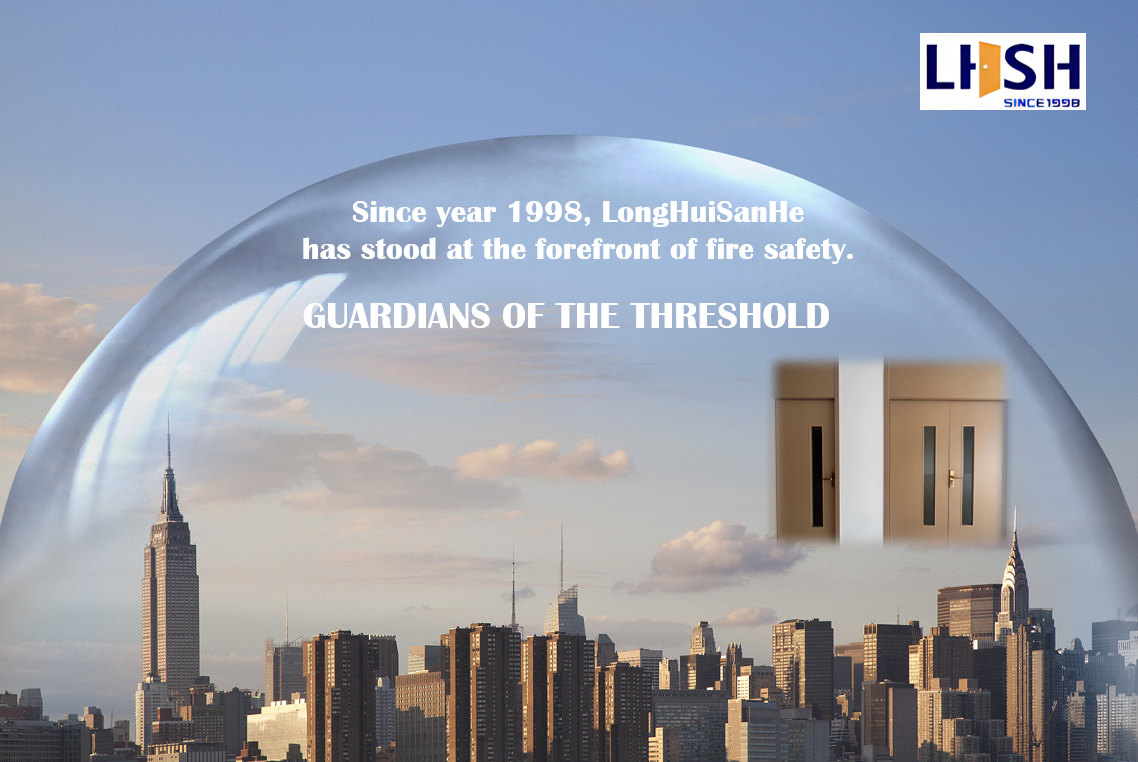August. 18, 2025
The global construction industry is witnessing a transformative shift in fire door regulations and classification systems, driven by urgent fire safety demands. With recent updates to international standards—including China's GB 12955-2024 and the UAE's Fire & Life Safety Codes, fire door classification now integrates material innovation, functionality, and precision engineering to save lives during emergencies.

1. New Classification Systems: Beyond Traditional Models
China's 2024 national standard redefines fire doors into three critical categories:
- Evacuation Route Fire Doors: For stairwells and corridors, ensuring escape paths remain smoke-free.
- Facility Equipment Fire Doors: Protecting high-risk areas like electrical rooms or chemical storage units.
- Residential Entrance Fire Doors: Enhancing smoke sealing and durability for homes.
This replaces the old "A/B/C" grades with performance-based tiers: Insulated (A), Partially Insulated (B), and Non-Insulated (C), prioritizing real-world thermal and structural integrity.
2. Material Innovations Driving Safety
Modern fire doors combine advanced materials to meet rigorous certifications (UL, EN 1634-1, CNS 14803):
- Steel-core doors: Withstand 60–120 minutes at 1,000°C, using vermiculite or ceramic wool cores.
- Hybrid timber-steel doors: Merge aesthetics with UL-certified 45–90-minute resistance for hotels and hospitals.
- Intumescent seals: Critical for all categories, expanding at 200°C to block lethal smoke.
3. Functional Categories: Matching Doors to Threats
Doors are now classified by operational roles:
- Always-Closed Fire Doors: Manual-use doors in stairwells; propping them open risks smoke flooding escape routes within seconds.
- Always-Open Fire Doors: Automatically close via fire-alarm triggers in malls/hospitals.
- Rapid-Closing/Explosion-Proof Doors: For industrial sites with extreme hazards. Automatic releases and self-latching hardware are mandatory for reliable operation.
4. Global Compliance Challenges**
The UAE mandates fire-rated doors (30–120 minutes) in commercial towers, while fireproof doors protect data centers and power plants from direct flames. In Europe, EN 14600-certified doors (e.g., RF60) undergo 200,000+ cycle tests to ensure durability alongside fire resistance. Non-compliance risks voiding certifications—incorrect installation or non-rated hardware can negate a door's fire rating entirely.
5. The Human Factor: Maintenance Saves Lives
~80% of fire door failures trace to poor maintenance. Quarterly inspections must check seals, closers, hinges, and frame gaps. In China, blocking or disabling closers now carries legal penalties—a recognition that a closed fire door reduces fire spread by 90% compared to open ones.
Fire door classification is evolving from a compliance checkbox to a science of tailored protection. As high-rises and smart buildings proliferate, correctly specified fire-rated doors, whether insulated steel for factories or acoustic-timber hybrids for hotels form the bedrock of passive fire protection. Investing in certified, maintained systems is not optional; it is the barrier between containment and catastrophe.